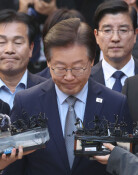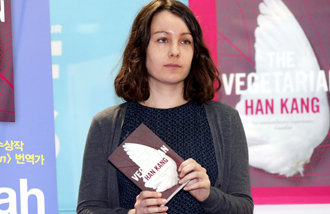Fear is everywhere in super-aging society of Japan
Fear is everywhere in super-aging society of Japan
Posted September. 20, 2017 07:56,
Updated September. 20, 2017 08:33
In Japan, 22.3 percent of senior citizens aged over 65 is working. The share of working senior male aged over 70 reaches nearly 20 percent, while the ratio of people at 65 or older accounts for 27.7 percent, the world highest level. The Japanese Ministry of Internal Affairs and Communications announced such record on Monday on the occasion of “Respect for the Elderly Day.”
In a press conference held on last Friday for foreign media, reporters raised many sharp questions. In particular, European reporters asked whether the reason why such large number of seniors continues to work is because of low wages or insufficient social welfare support. As for the fact that about 75 percent of senior employers is irregular workers, the Japanese government cited the survey result in which the most respondents answered that they wanted to adjust their working hour, which foreign journalists didn’t seem to easily be accepting.
Japan is experiencing a double hardship of declining population and aging society, and many people express their sense of fear. As seen in the population pyramids in 2025 and 2035, we cannot expect a bright future. Former Liberal Democratic Party Secretary-General Shigeru Ishiba, an expert on military and security, even pointed out the population issue as the biggest security challenge in Japan.
The ratio of aging population in Korea is expected to reach 14 percent in 2018, which is the fastest growth in the world. It took 24 years for Japan’s aging to grow to 14 percent from 7 percent, while it took only 18 years in Korea. Comparing to other countries, France, Sweden, and the U.S. took 114 years, 82 years, and 69 years, respectively. The total fertility rate in Korea is the lowest in the world at 1.17. The total fertility rate in Japan is 1.44.
Sooner or later, Korea will meet the gloomier future than Japan. The government and private sector are hoped to join their forces to charter the way of bright future.
Headline News
- Biden authorizes Ukraine to use long-range missiles against N. Korea's troop deployment
- Democratic Party criticizes court in charge of Lee’s case for ‘judicial murder’
- Jannik Sinner achieves remarkable success on tennis court
- Xi Jinping asks Yoon to visit China first
- Chey Tae-won appointed as chair of APEC CEO Summit







